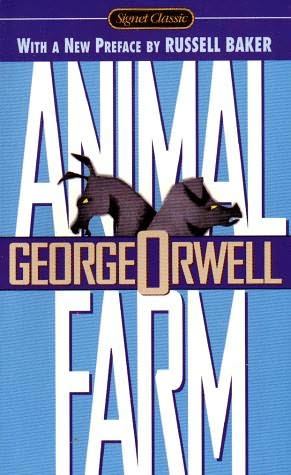
Here are your questions for this amazing book. Enjoy reading it, it is a treasure!
Introduction - It is vitally important that you read the introduction. It explains the purpose of the book, how it was written, the author’s life, etc. and it is necessary to understand this, in order to appreciate the book.
Q1 What book did he read before he started writing Cry, the Beloved Country? How did it influence him? Kevin
Q2 Book 2 was inspired by who? Tyler
Q3 Who was Dr. Verwoerd and how does he personify the way many White South Africans felt about the natives? Daniel
Book One
Chapter 2
Q4 What had they hoped for their son?
Chapter 5
Q5 What has been the result of the destruction of the tribe? How are Kumalo’s brother and sister victims of Johannesburg?
Chapter 7
Q6 Msimangu says his, “one great few in my heart, that one day when they are turned to loving, they will find we are turned to hating.” What does this mean? Do we see it become true? Kevin, Tyler, Daniel
Chapter 8
Q7 Who does the government fear? Why do they find the “heart” more of a threat than the “voice”? Kevin
Chapter 9
Q8 Describe Shanty Town.
Chapter 11
Q9 Who is the murdered victim? What is the connection between Jarvis and Kumalo?
Chapter 12
Q10 Summarize the debate about education, law, and crime. Tyler
Q11 What purpose does it serve to keep the natives ignorant? What is the benefit? What is the harm? Daniel
Chapter 14
Q12 Summarize what we know about Absalom. The name Absalom means “father is peace.” Do you think there is a reason Paton decided to name his character Absalom?
Chapter 17
Q13 Why is Kumalo so moved by the lawyer who “takes the case for God”?
Book Two
First read the Gettysburg Address that so influenced Jarvis, by clicking here.
Chapter 21
Q14 Summarize what we know about Arthur Jarvis.
Q15 How does Arthur Jarvis feel about the racial division in South Africa? Describe his writings. Kevin
Chapter 22
Q16 What is “behind” the judge? Who is responsible for the laws? How doe the natives feel about the judge and laws? Daniel
Chapter 28
Q17 What do you think of the verdict?
Chapter 29
Q18 What story does John Kumalo refer to?
Q19 Contrast what he did tell his brother, and what he didn’t tell his brother. Kevin
Q20 What does Msimangu give to Kumalo? How does K respond? Tyler
Book Three
Chapter 30
Q21 Describe Kumalo’s homecoming.
Q22 Kumalo’s friend says that, “kindness and love can pay for pain and suffering.” How do we see this come true? Daniel
Q23 What does this same friend say about suffering? Is this true? Tyler
Chapter 33
Q24 What does Jarvis do for the native community? Why do you think he does these things? Kevin, Daniel, Tyler
Chapter 34
Q25 Why did Jarvis add to his letter the line, “You should know that my wife was suffering before we went to Johannesburg.” Why does this move Kumalo? Kevin
Chapter 35
Q26 Why is Kumalo so quick to remind the demonstrator all that the White man has done for them? (Think about what Msimangu said about love and hate.) Daniel
Chapter 36
Q27 Why does Kumalo go up the mountain? What Biblical imagery does this conjure up? Tyler
Q28 What is Kumalo thankful for?
I wrote your names after the questions I want you to answer. In addition to answering those questions, choose three more to answer as well. Don’t forget to fill our your reading journal!






